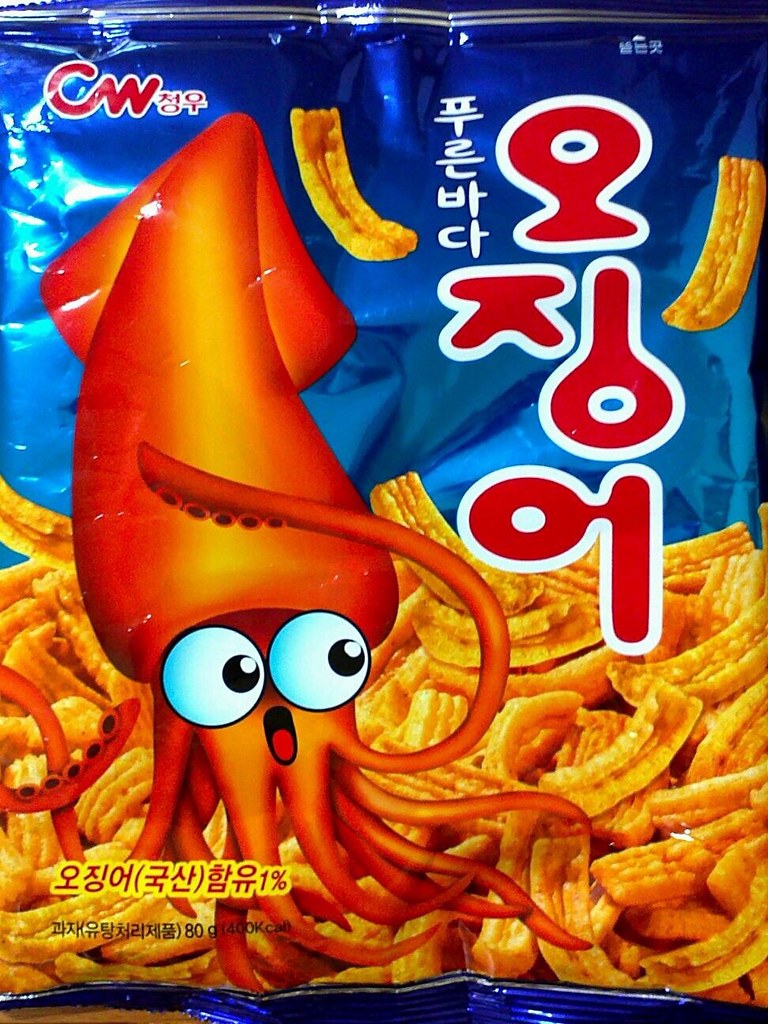A ZFS developer’s analysis of the good and bad in Apple’s new APFS file system | Ars Technica – this is a good guide by Adam Levanthal. The thing that puzzles me is this. Apple had a working implementation of ZFS running on early beta versions of OS X and then decided not to implement it. Apple adoption of ZFS would be a major boost (it is already supported on Linux and Solaris). It takes about a decade for a file system to mature sufficiently; ZFS has that maturity and is still bleeding edge tech. Apple has a good relationship with Oracle so that wouldn’t be a problem, Larry Ellison is still the shot-caller over there and he still hates Microsoft and Google. Instead they build their own version, which has nice encryption facilities but lacks the data integrity features that ZFS has. It doesn’t seem to be about squeezing the footprint of ZFS for mobile devices either. Apple just decided to go it alone for reasons that aren’t readily apparent at the moment with APFS.
Huawei sees building alternative to Android as insurance amid US-China trade tensions | SCMP – not a big leap from an OS point of view. The big jump would be the app store since both Google and Amazon’s app stores would be out of reach if Huawei were found guilty. A way around this would be the likes of SailfishOS which would also deal with lingering security concerns about Huawei handsets. More Huawei related content here.
Someone might’ve hacked the company that can hack any iPhone – BGR – another reason why backdoors are bad
Mobile advertising represents 91% of Facebook’s ad revenue | Marketing Interactive – I suspect that there is a lot of wasted ads here. Linking through to sites that aren’t mobile friendly or things that don’t work on mobile for instance
Kraft Heinz works with JKR to introduces quirky new biscuit brand JIF JAF | Marketing Interactive – Kraft Heinz launching product in China going head to head with Mondelez; that spun out of Kraft….
British adults using Facebook less to communicate with friends | Technology | The Guardian – according to Ofcom there is also a wealth divide in how Britons use the internet, with poorer individuals more likely to rely solely on a smartphone to get online and have “lower levels of online confidence and critical understanding”.
APAC markets exceed global benchmarks for viewability, brand safety | Digital | Campaign Asia – fraud rates for campaigns that optimised against fraud remained relatively flat, showing optimisation efforts are paying off by keeping fraud rates low. Singapore and Hong Kong had higher fraud risk at 20.7% and 14.0% respectively, because ad fraudsters tend to follow where the digital spend goes and where CPMs are higher.
Can This System of Unlocking Phones Crack the Crypto War? | WIRED – this sounds dodgy AF. If the US gets access, every country gets access
Facebook beats in Q1 and boosts daily user growth to 1.45B amidst backlash | TechCrunch – basically people don’t care if Facebook invades their privacy or usurps their government. All of that is a mere bagatelle
AMD earnings confirm it’s biting into Intel’s market share | VentureBeat – it likely won’t be permanent
Addressing Recent Claims of “Manipulated” Blog Posts in the Wayback Machine | Internet Archive Blogs – interesting hack that should be in the tool bag of reputation managers
U.S. DoJ probing Huawei for possible Iran sanctions violations: WSJ – interesting that they are getting dinged for similar things to ZTE. Stopping US vendors from selling to Huawei would be a bit less impactful than on ZTE. But it would retarget the Huawei R&D budget away from innovation to replacing American component technology and engineering services currently provided by the likes of Ciena or Qualcomm. This actually fits neatly with Mr Xi’s China 2025 manufacturing initiative that is designed to free the country from relying on international suppliers.
Amazon is releasing a new Alexa gadget specifically geared toward kids – Recode – but what about the privacy settings?
Meet John Hennessy and Dave Patterson, Silicon Valley’s first disruptors | Recode – great read about when Silicon Valley actually made silicon and solved ‘hard’ innovation problems, rather than sociopathic web services. You couldn’t have your modern computer or your smartphone without Hennessy & Patterson
Nike’s Converse Loses Chief Marketer to Supreme | BoF – not that Supreme really needs marketing with its over-subscribed drops. Unless they are changing direction to become more mass affluent?
A French billionaire is being investigated for bribing African officials for lucrative contracts | Quartz – this surprised me. France has used businesses like Total and Elf with the likes of Jacques Foccart to keep a relationship and control in the Francophone. Why are they turning on Bollore now? Especially odd when you think about how China is pushing western interests out of the continent
Electric Autos – Long life – I think it’s more complex, depending on vehicle range and driving patterns will factor into demand. Of course the shit is really going to hit the fan when lithium ion technology fails to provide for transport needs like long distance heavy goods vehicles, becomes too expensive and essential materials become too rare. There is likely to be a pivot to hydrogen combustion engines or hydrogen fuel cells due to superior energy density. The economics around risk, infrastructure and other capital costs will change.
